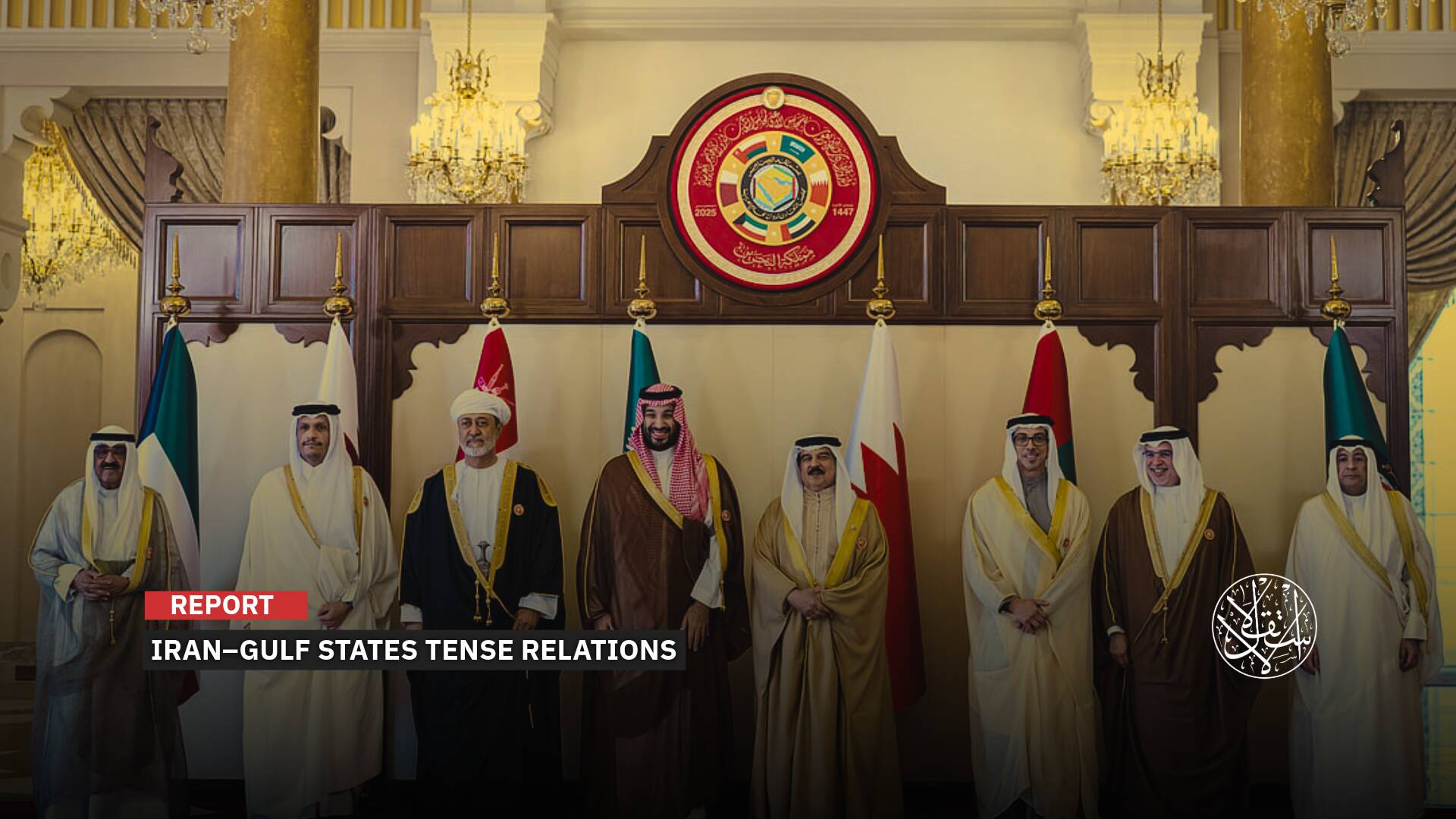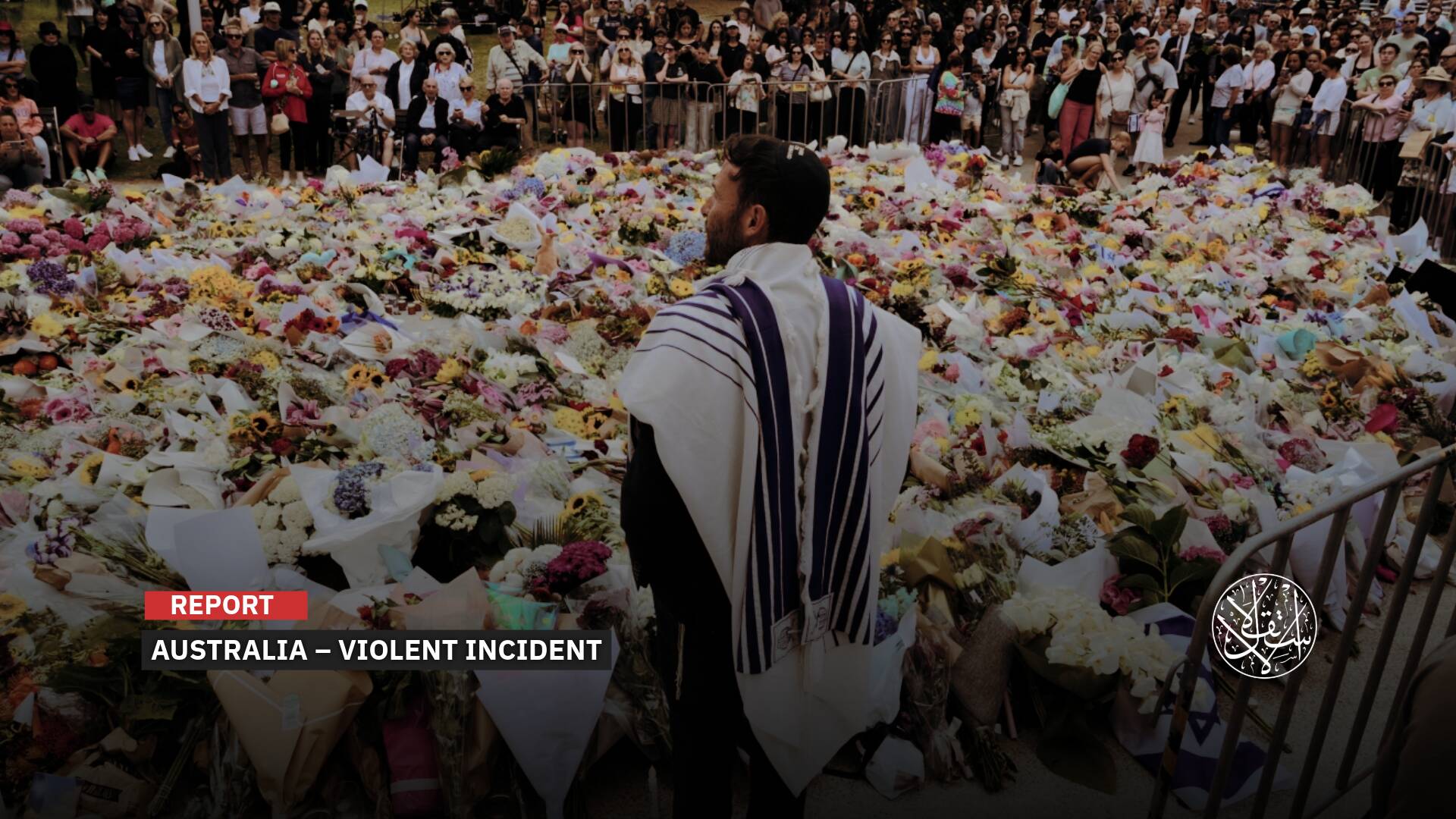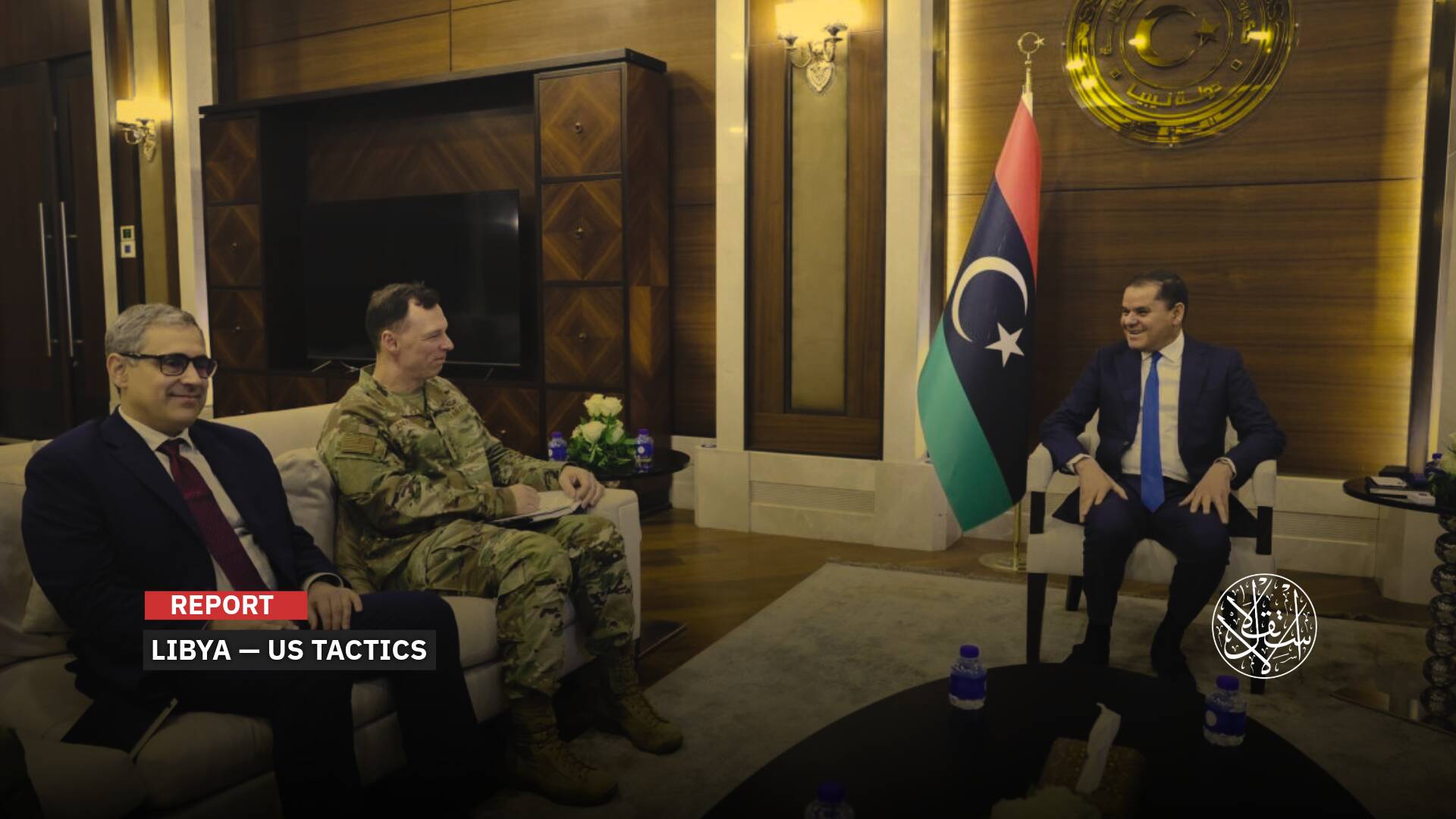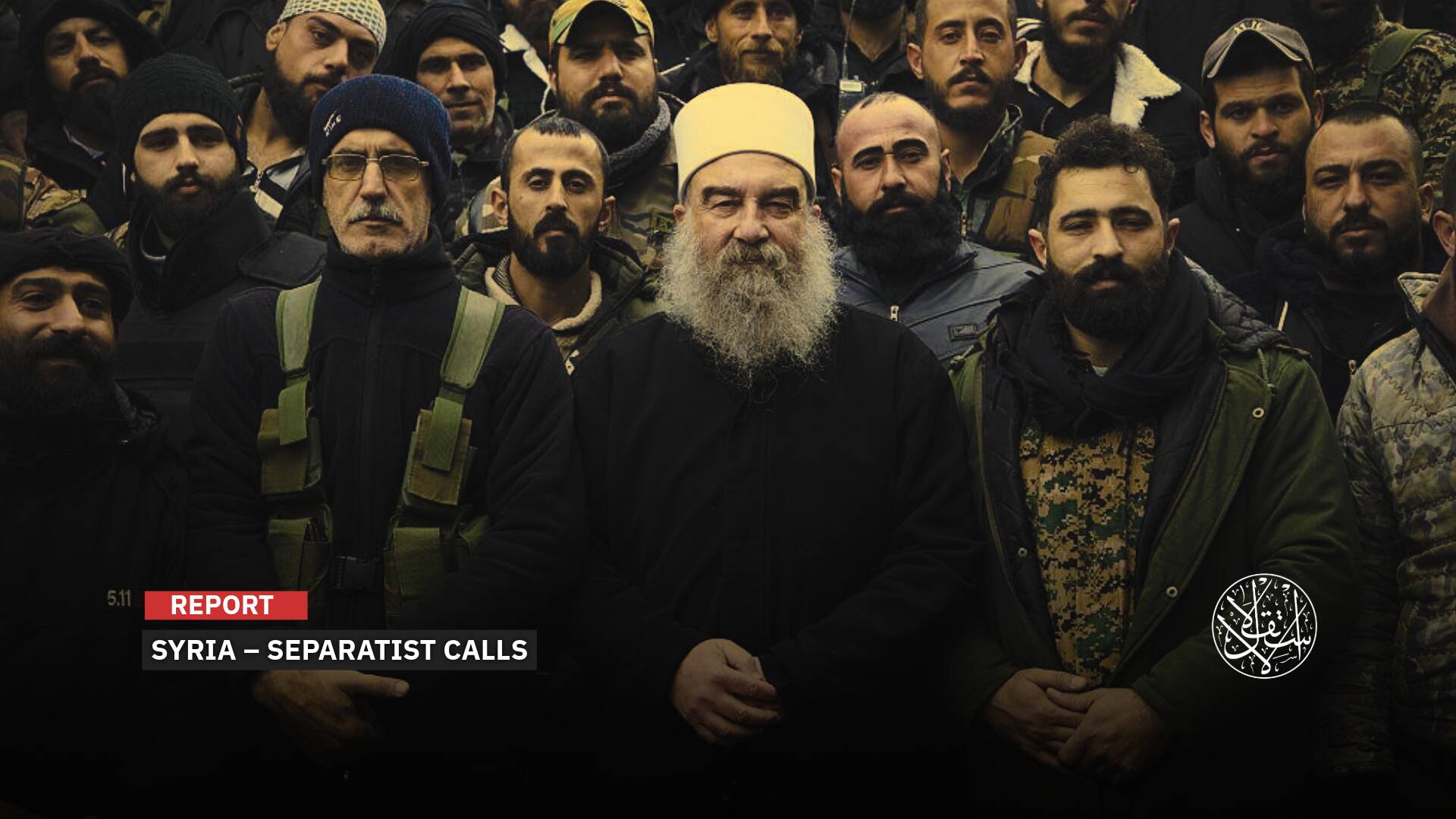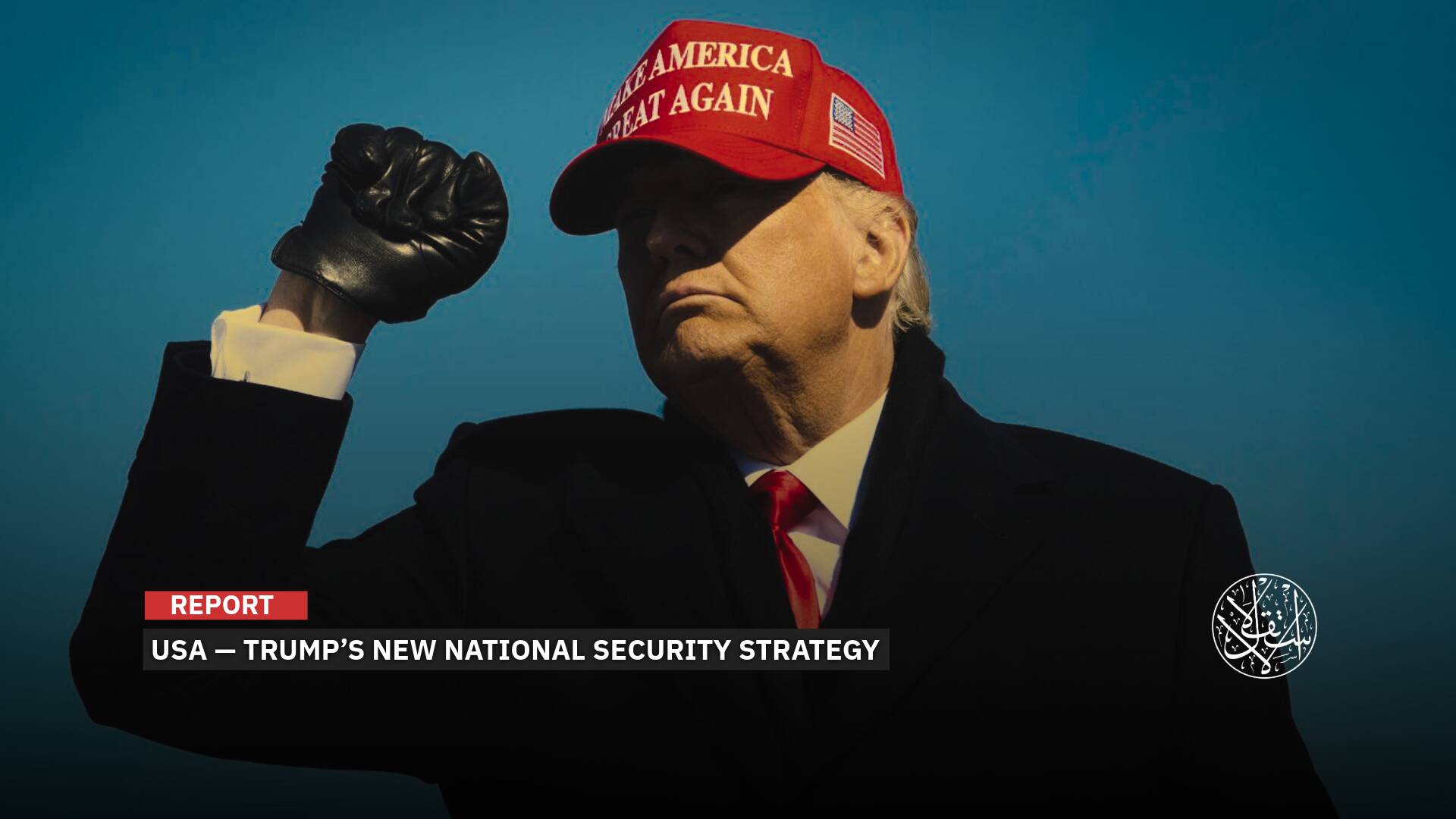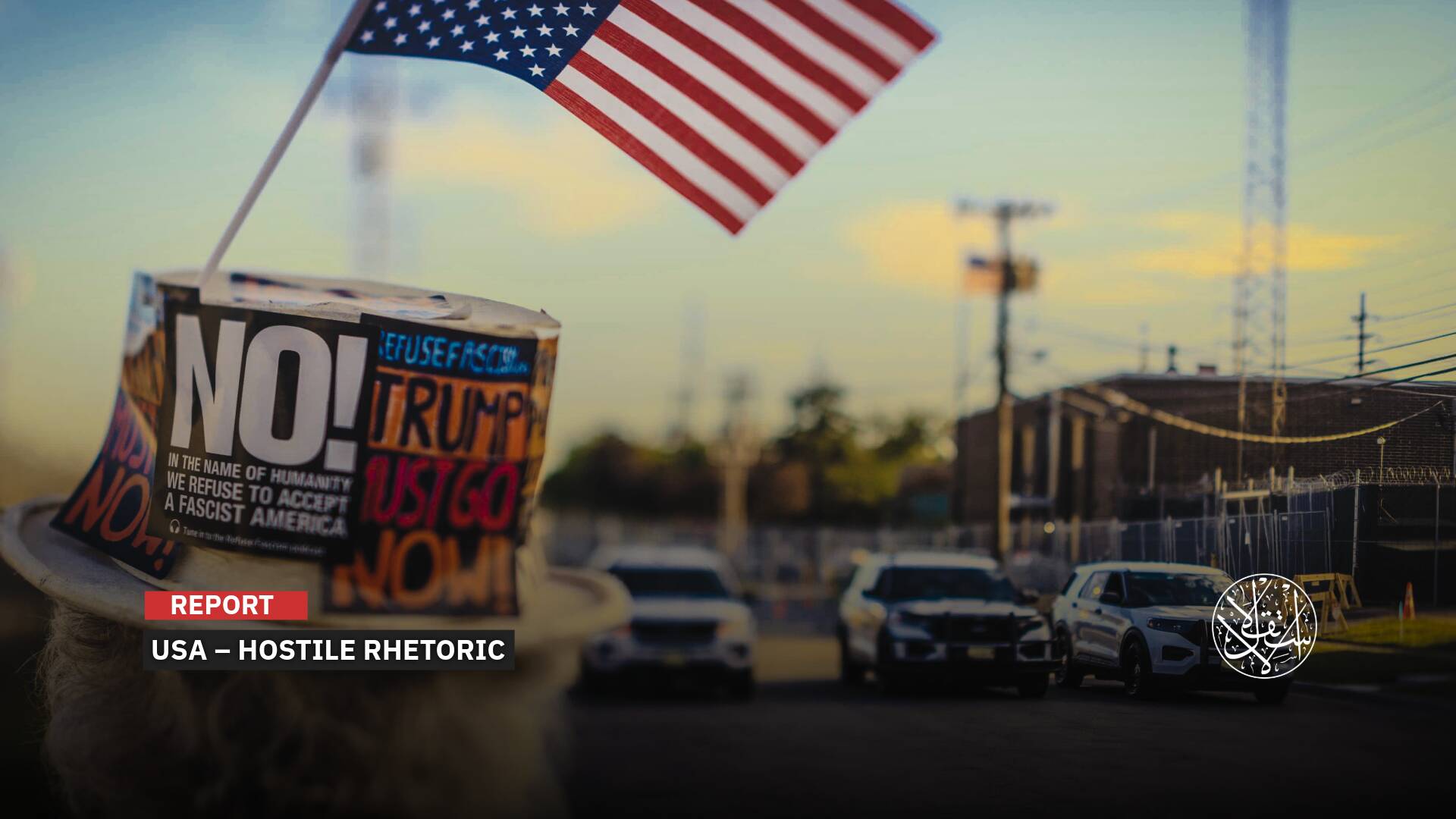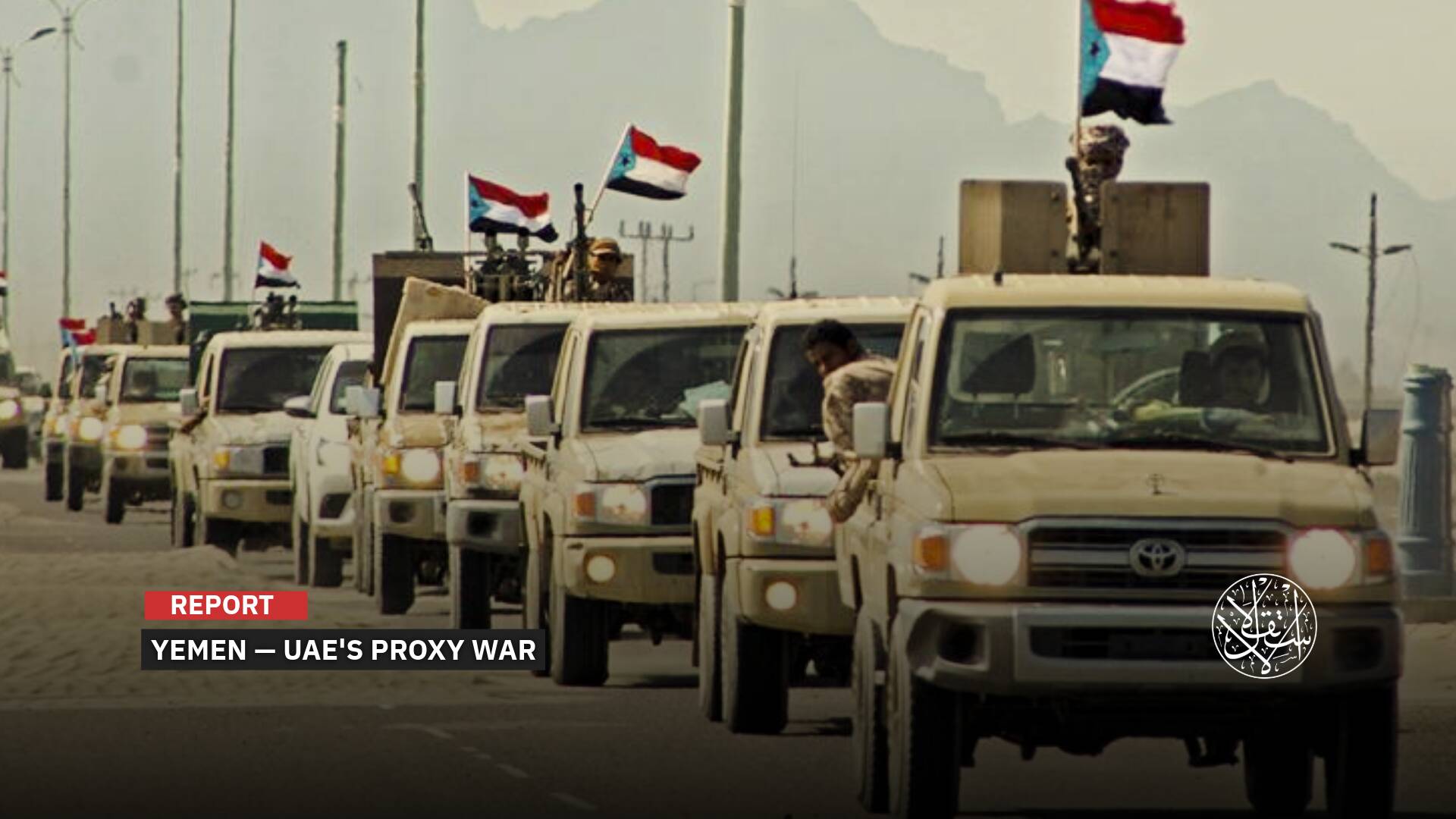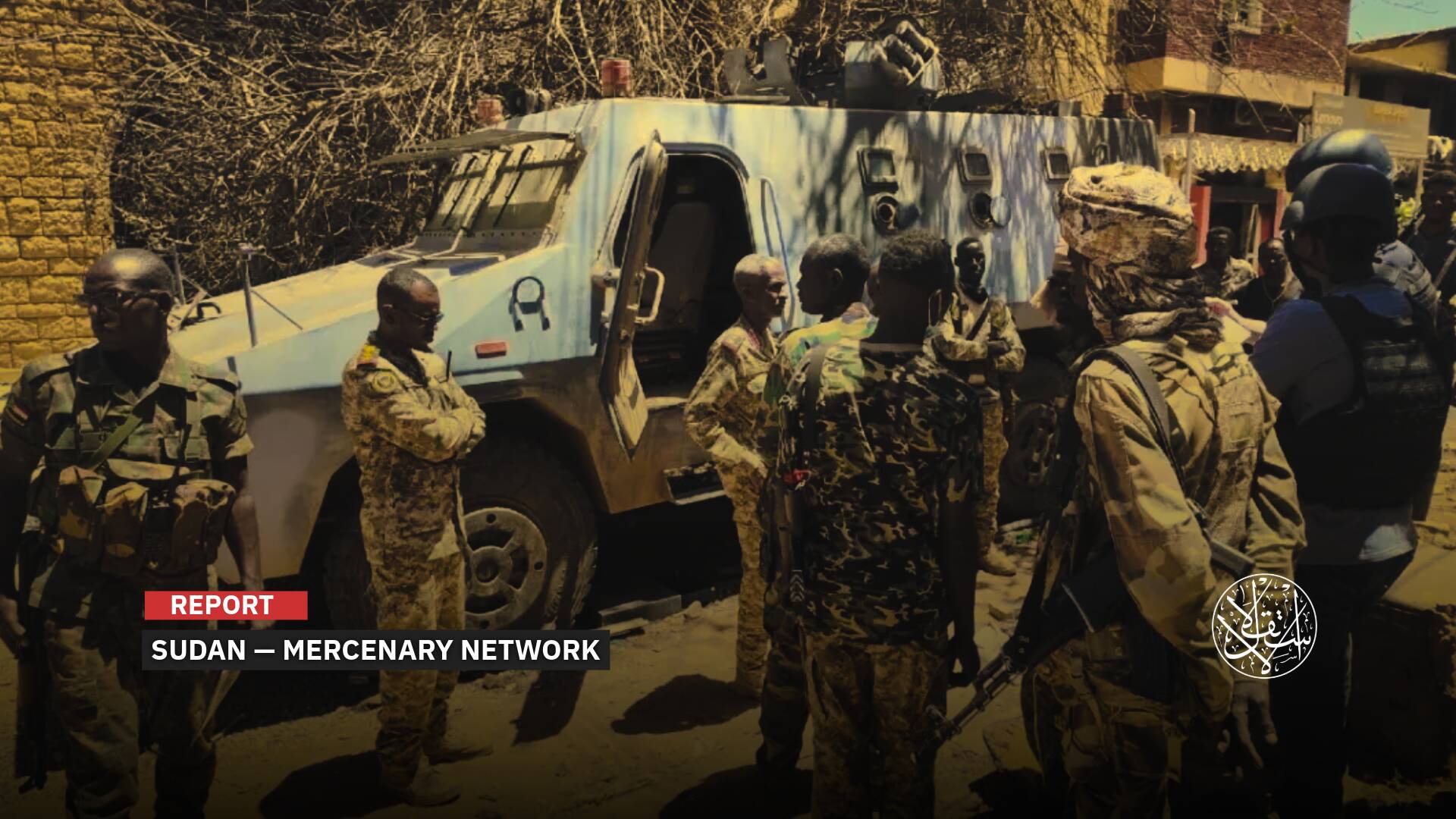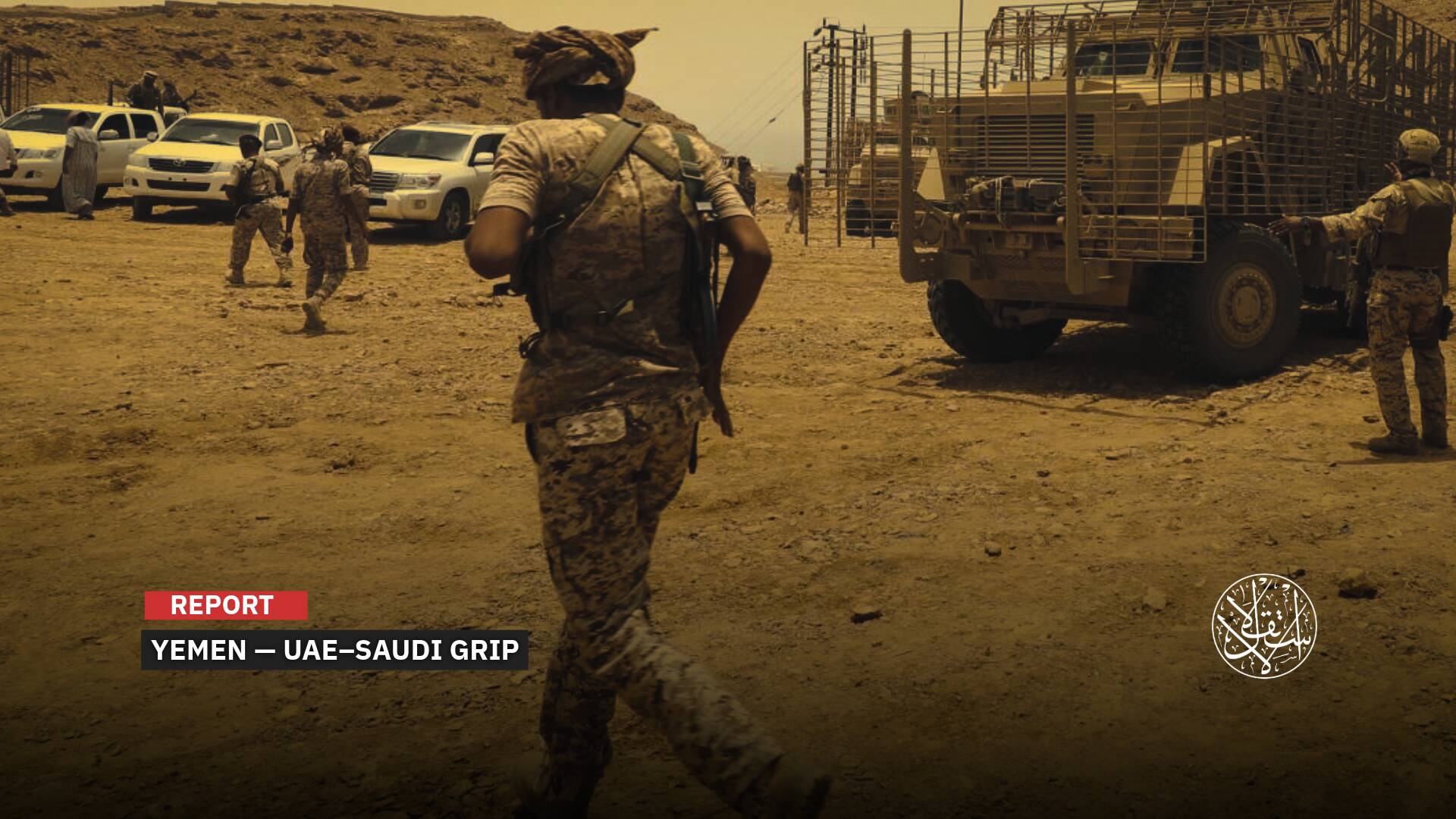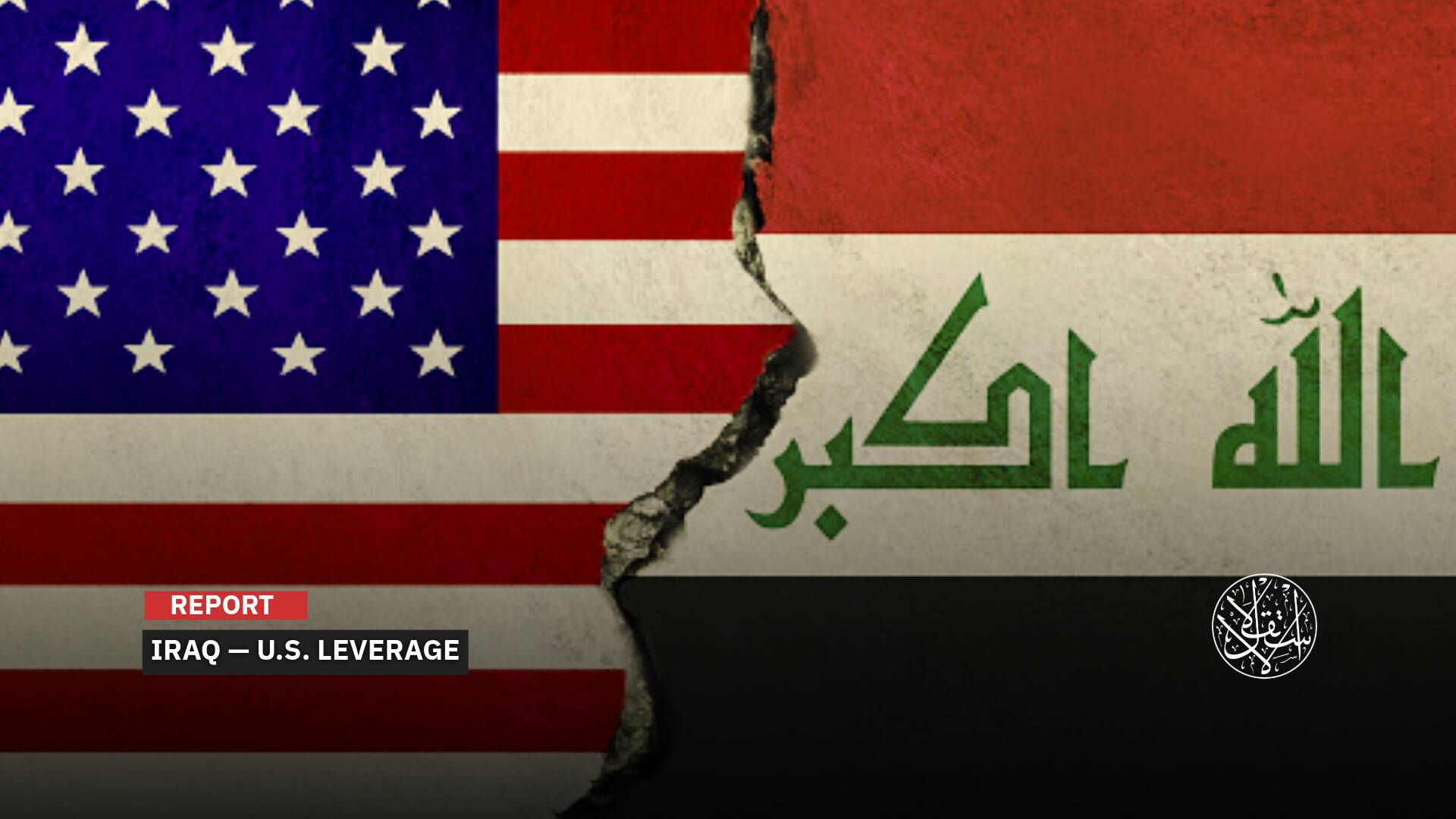Syria’s Druze Crisis: Did Ahmed al-Sharaa Foil ‘Israel’s’ Plan or Just Delay It?
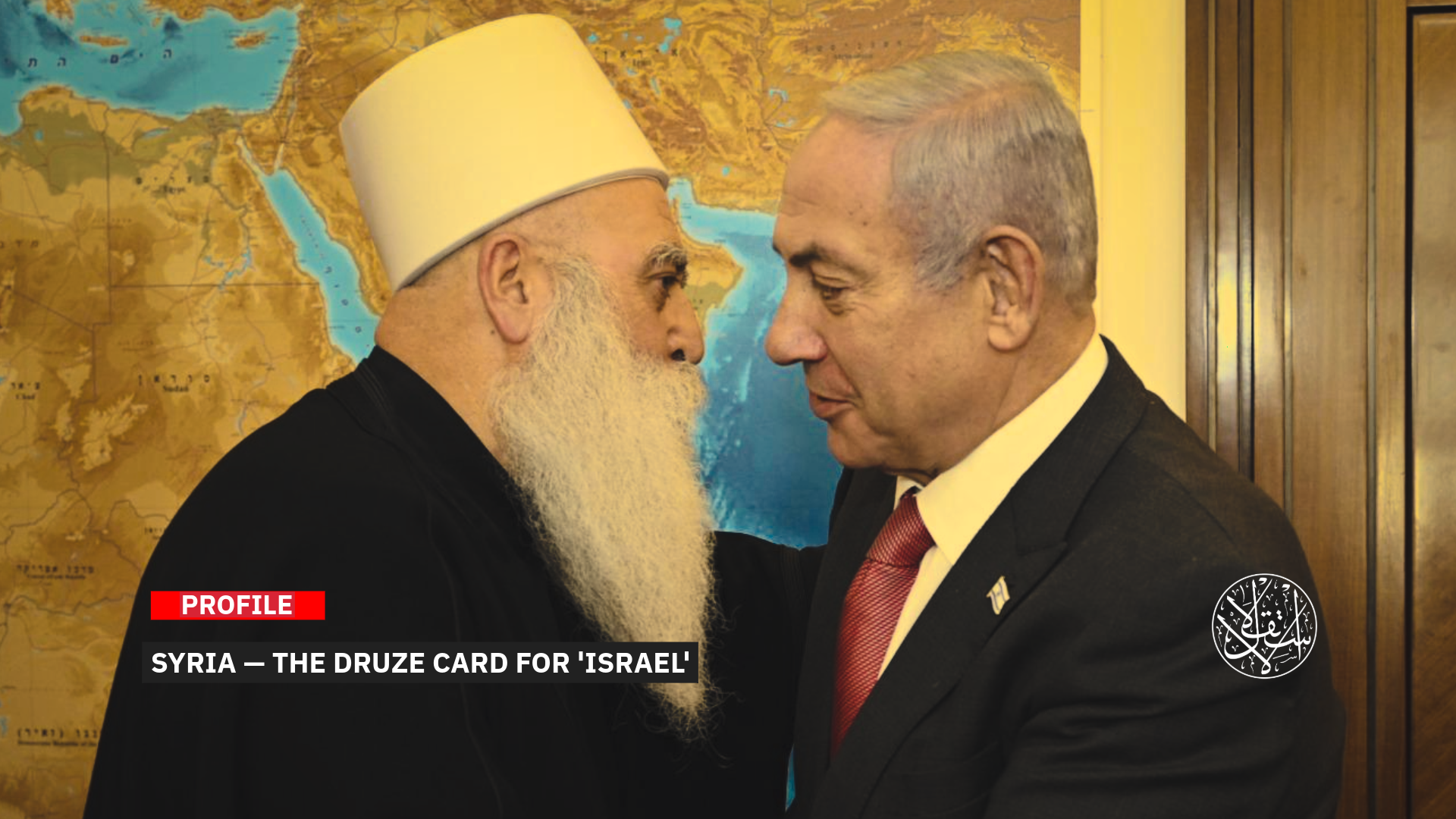
The Druze in “Israel” encouraged Netanyahu’s government to target al-Sharaa’s regime.
“Israel’s” goal of using the Druze card to divide Syria became clear after the Israeli Occupation army attacked Syrian forces that entered Sweida, in southern Syria, on July 16, 2025.
“Israel” bombed the presidential palace, the Syrian General Staff headquarters, and the Ministry of Defense in Damascus, in an attempt to force the Syrian army to withdraw from Sweida, where the Druze community is based and had called on the government for support.
Tel Aviv’s airstrikes and threats to escalate the attacks if Syria didn’t pull its troops from Sweida—and its move to portray itself as the protector of southern Syria under the pretext of defending the Druze—revealed a broader Israeli plan to reshape the regional order through minority groups.
Israeli Prime Minister Benjamin Netanyahu is trying to set a precedent in Sweida, a majority-Druze area, that would give him a false justification for military intervention in Arab countries under the banner of protecting minorities—similar to what “Israel” has previously done with Lebanon’s Armenians, Iraq’s Kurds, South Sudan’s Christians, and others.
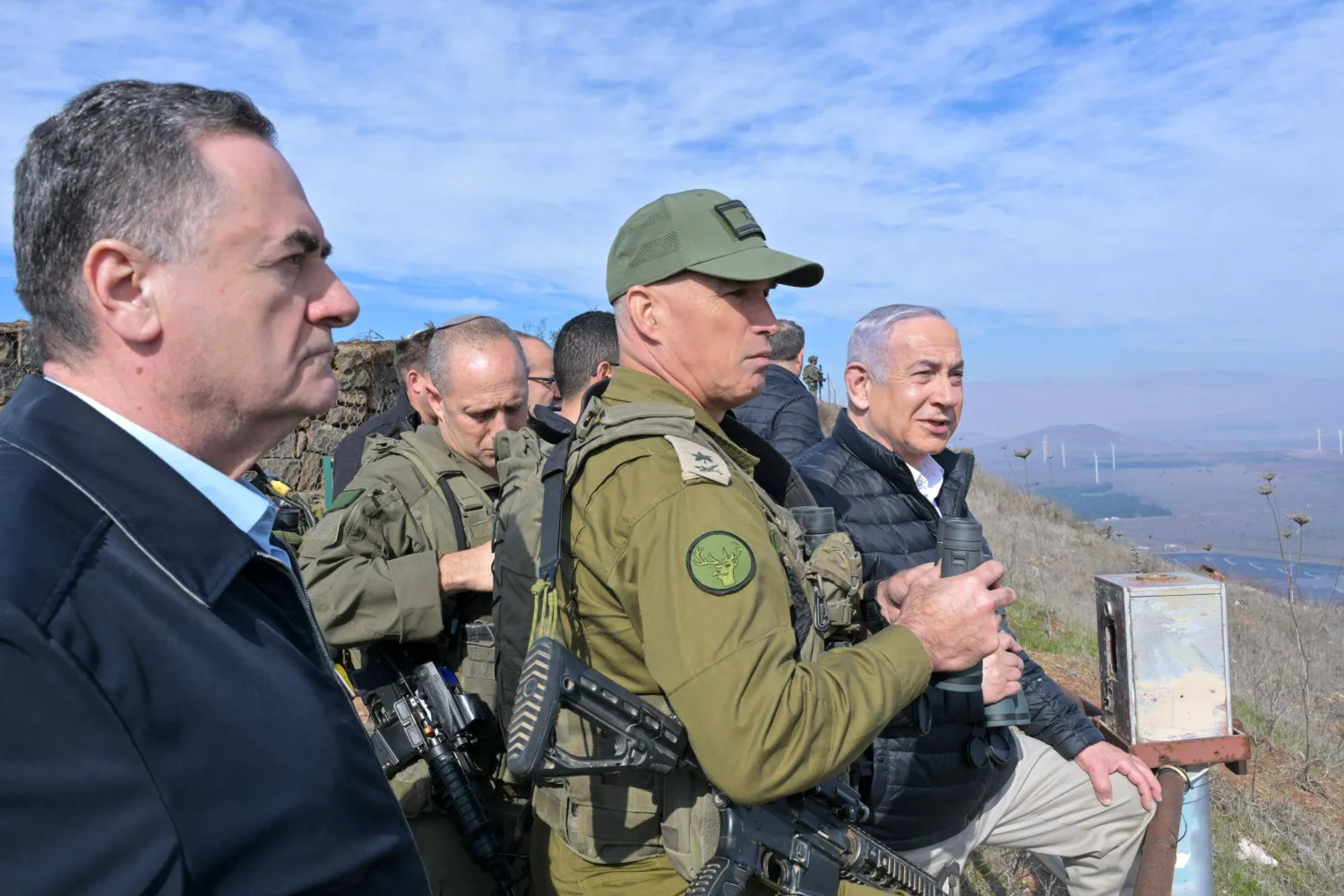
A Strategic Shift
From the 1970s until the end of the 2000s, “Israel” pursued a “Divide and Conquer” strategy to reshape the regional order.
This policy was outlined in a 2003 book published by Dayan Center for Middle Eastern and African Studies at Tel Aviv University, titled “Israel and the Movement for the Liberation of South Sudan.” It was written by retired Israeli intelligence officer and former Mossad brigadier general, Moshe Fergie.
The book is especially significant for its detailed account of how Israeli intelligence played a major role in supporting the southern Sudanese liberation movement, ultimately leading to the separation of South Sudan from the rest of the country.
More importantly—and more dangerously—it explains “Israel’s” broader strategy to weaken the Arab world as a whole.
At the core of Fergie’s book, which reflects thinking closely tied to Mossad’s leadership, is an explanation of “Israel’s” long-term policy of building relationships with ethnic and religious minorities, pulling them away from national unity, and encouraging separatism. The goal: to fragment and weaken the Arab world.
As part of this strategy, Mossad opened communication lines with various minority groups—especially the Kurds in Iraq, the Maronites in Lebanon, and southern factions in Sudan, among others.
Fergie’s book goes even further, explaining how weakening the Arab world—especially Egypt—was seen as a key objective, starting with Sudan. This involved forging alliances with ethnic and sectarian minorities across the Arab region to promote fragmentation.
Israeli researcher Ze’ev Schiff described this theory as one aimed at encouraging ethnic and religious groups in the Arab world to break away and form independent entities outside the structure of existing Arab states.
What’s new now is that, since Tel Aviv believes it has achieved its goals in wars in Gaza, Lebanon, and against Iran—and after Netanyahu’s open statement in June 2025 about building a “new Israeli Middle East”—”Israel’s” strategy has shifted.
It has moved from secretly playing the minority card to openly positioning itself as the protector of these communities.
Tel Aviv no longer works quietly behind the scenes to encourage minority separatism. Instead, it’s now imposing Israeli “guardianship” and influence over these groups out in the open, using them as tools to reshape the regional order.
Statements by Netanyahu and Israeli War Minister Israel Katz about forcing the Syrian army to withdraw from Sweida, disarming the region, and linking Druze protection to Tel Aviv’s national security clearly signal the start of this new strategy.
“We are acting to save our Druze brothers and to eliminate the gangs of the regime [the Syrian government],” Netanyahu said. Both he and Katz claimed it was their responsibility to “protect” the Druze in Syria.
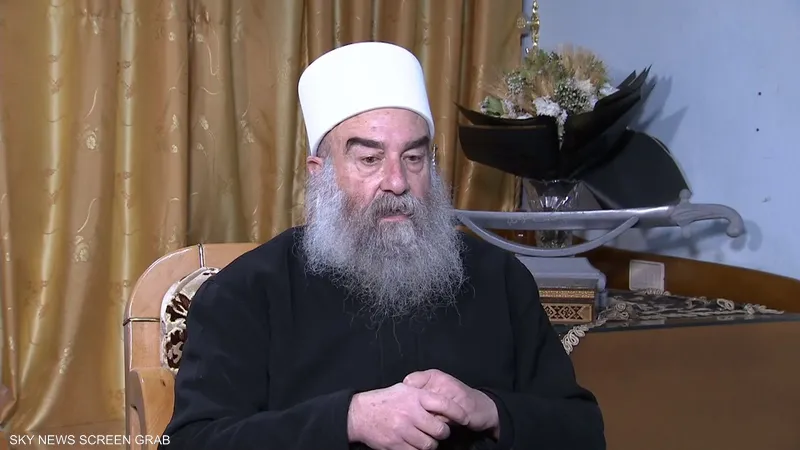
Druze Incitement
In an effort to create a sectarian pretext for Israeli intervention, Druze hardliner Hikmat al-Hijri—one of the three leaders of the Druze spiritual authority—called on “Israel” and the United States to step in and protect the community on July 16, 2025.
The Druze spiritual leadership is the highest religious authority for the Druze in Syria, but it is currently divided among three senior sheikhs who hold conflicting positions: Hikmat al-Hijri, Hammoud al-Hanawi, and Youssef Jarbou.
Jarbou was the one who led the most recent ceasefire agreement and the withdrawal of Syrian forces. He also affirmed, according to Syria’s official news agency SANA, that the people of Sweida support their state and reject any external interference.
Meanwhile, the spiritual leader of the Druze community in “Israel,” Mowaffaq Tarif, also urged the Israeli government to strike Syria.
In a public statement, he addressed Prime Minister Netanyahu, warning: “You must choose between a partnership with the Druze community or with ISIS [referring to the al-Sharaa regime]. The Syrian regime must be struck and forced to withdraw from Sweida.”
Since 1956, Mowaffaq Tarif has maintained what is known as a “blood pact” with the Israeli Occupation state. Under this pact, Druze soldiers serve in the Israeli army, often taking positions against Palestinians. Some of them even traveled to Syria to fight during the recent crisis.
This new Israeli strategy—reshaping the regional order through the minority card—was highlighted by the French newspaper L’Humanite on July 16, 2025.
The paper reported that Israel “used the Syrian army’s intervention in Sweida as the perfect excuse to attack the capital, Damascus, under the pretense of defending the Druze community.”
“Tel Aviv has continued to pour fuel on the fire, breaking apart Syria using the ‘protect the Druze’ narrative, exploiting sectarian rifts, and finding local partners willing to ally with it”—referring to figures like Hikmat al-Hijri.
According to L’Humanite, the Israeli government is pursuing two main goals. First, to convince all Druze—whether in the occupied Golan, Syria, or Lebanon—that “Israel” is their true and strongest protector.
Second, to seize more land by pushing deeper into Syrian territory and taking full control of Mount Hermon (Jabal al-Sheikh), a highly strategic location. The paper noted, however, that “Israel’s real long-term goals remain unclear.”
Despite U.S. efforts to normalize relations between Damascus and Tel Aviv, L’Humanite argued that “Netanyahu is actively working to destabilize the region to prevent any state from rebuilding and emerging as a regional power.”
The newspaper emphasized that this is not about fighting Islamists—it’s about exploiting Syria’s internal weaknesses and sending a broader regional message: “Israel’s goal is to inflame sectarian divides.”
Syrian writer Ezzat Baghdadi also echoed this concern in a post on his Facebook page, saying: “Syria is no longer just a national issue—it has become a bargaining chip in the creation of a new regional order, with Israel at the center of the initiative.”
He posed a critical question: “Can Syrians overcome their sectarian fears? Or have we entered an era where interests rule, geography is treated as a prize, and sects are used as tools to ignite conflict?”
Foiled or Just Delayed?
“Israel” began taking action as early as December 2024, claiming it was committed to protecting the Druze and threatening to bomb the new Syrian government’s forces if they moved against them.
The Israeli Occupation army also announced the formation of a new “Coordination and Liaison Division” under the office of the Coordinator of Government Activities in the Territories (COGAT), aimed at establishing ties with Druze villages inside Syria.
Starting on March 16, 2025, “Israel” allowed Syrian Druze to enter the occupied Golan Heights to work in construction and agriculture.
The Israeli army also began offering services to the Druze community—such as improving infrastructure in border villages inside Syria, repairing water networks, enhancing medical care, and organizing family reunions between Druze on both sides of the border.
Around 40,000 Syrians currently live in areas under Israeli Occupation army control in Syria—25,000 in the Golan Heights and 15,000 on the slopes of Mount Hermon; most of them are Druze, and Tel Aviv is actively working to deepen its ties with them in an effort to divide Syrian society from within.
On March 14, 2025, Hikmat al-Hijri—the Druze spiritual leader who opposes Syria’s new government—organized a visit for 100 Druze sheikhs to “Israel,” hosted by Netanyahu and Mowaffaq Tarif.
“We were faced with two options: open war with Israel, risking our Druze brethren and national stability, or allowing local leaders to come to their senses and prioritize the national interest. We chose the latter.”
That was the key line from Syrian President Ahmed al-Sharaa’s most powerful speech to date, delivered on July 17, 2025. He announced an agreement to withdraw Syrian forces from Sweida and transfer security responsibilities to local Druze forces, under a deal brokered by the U.S., Turkiye, and Arab states.
Al-Sharaa directly addressed Israel’s intentions, saying he has thwarted an Israeli plot to drag Syria into chaos. He accused Tel Aviv of trying to “turn our land into a battleground and dismantle our national unity.”
For the first time, he sent a strong message to “Israel”: Syria is “not afraid of war.” He emphasized that the Druze are an essential part of Syria’s national fabric, and protecting them is a state priority, stripping “Israel” of its pretext for intervention.
He said Syria “will never be a place for division or fragmentation,” adding, “The Syrian people have always rejected division, and we will not become a stage for foreign conspiracies or regional ambitions.”
Analysts believe that al-Sharaa’s speech reflected a clear understanding of “Israel’s” original plan: to fragment the Arab world by playing the minority card—taking advantage of the region’s ethnic and religious diversity spread across the Arab world and the broader Middle East.
They emphasized that the agreement to withdraw Syrian forces from Sweida—despite coming under heavy Israeli airstrikes targeting the presidential palace, the Ministry of Defense, the army’s general command, and key military bases—was, while a concession to the Israeli Occupation forces, a strategic move meant to block “Israel” from exploiting the Druze issue any further.
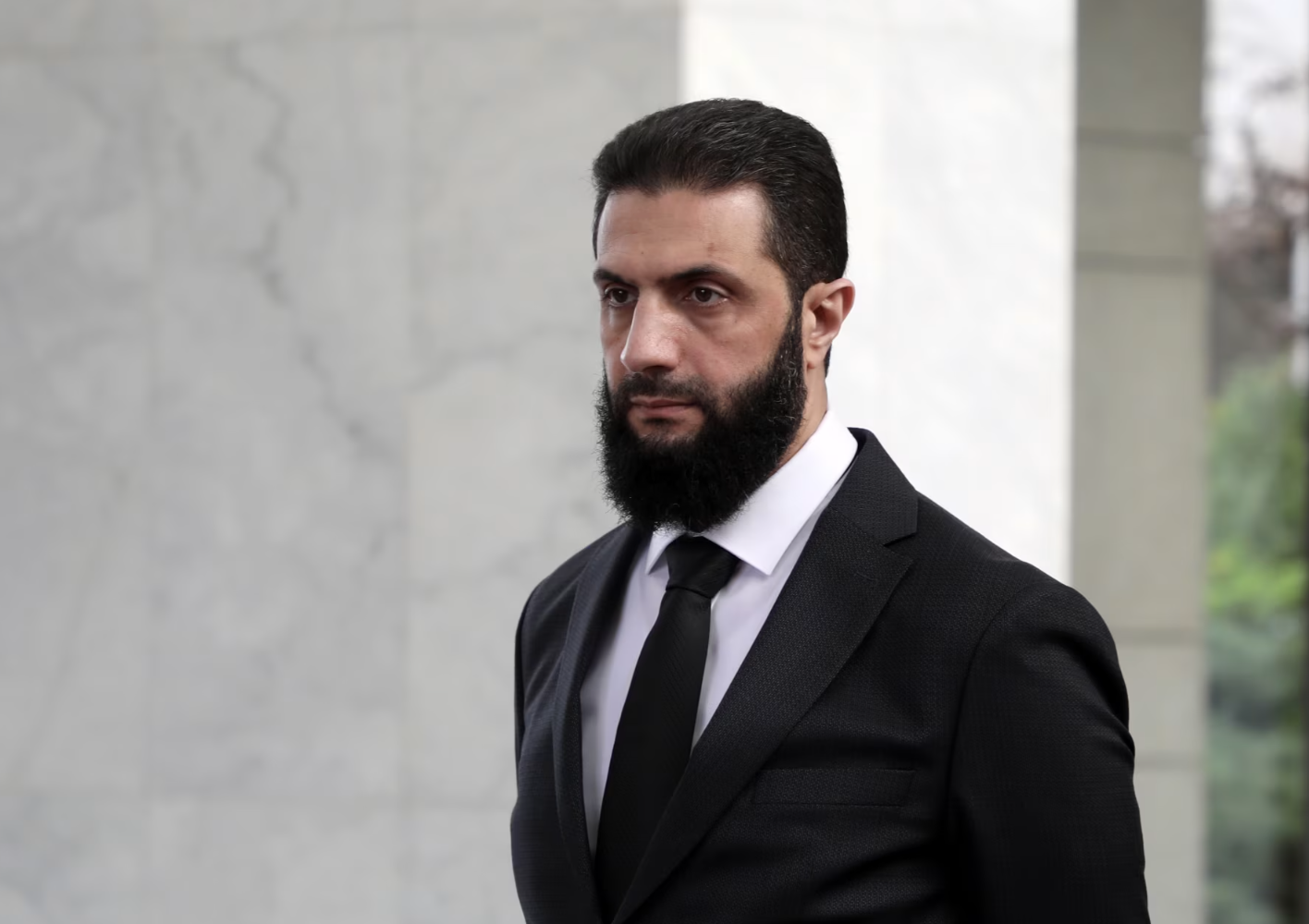
Creating a Mini-State
Egyptian journalist Gamal Sultan described the decision to hand over security in Sweida to pro-government national Druze factions as “a sound political move for the moment—one that pulls the rug out from under foreign interference.”
It also “sidelines the treacherous, collaborator faction led by al-Hijri and his groups, who were given a harsh military lesson, taught some manners, crushed within two days, and driven out of Sweida.”
Washington also stepped in to pressure Damascus into pulling its forces out of southern Syria, effectively backing “Israel’s” plan to reshape the country through the Druze card.
This ultimately led to the withdrawal of Syrian forces from Sweida province and the handover of security responsibilities to local Druze factions, under a ceasefire agreement brokered through international mediation to prevent escalation and stabilize the south.
Since the fall of Bashar al-Assad and the victory of the Syrian revolution, Israeli reports and on-the-ground moves have increasingly revealed a long-term objective: to establish a pro-Israel “Druze mini-state” that would act as a buffer zone between “Israel” and Syria. This state would serve as a shield against potential ground attacks from Syrians or Palestinians in the Golan and become a wedge to fragment the rest of Syria—an idea rooted in decades-old strategies.
Israeli analyst Rami Simni wrote in Yedioth Ahronoth on December 29, 2024, that “Israel’s” interest lies in dividing Syria into “cantons.” Along those lines, Haaretz reported on March 11, 2025, that “Israel’s” political leadership issued strict orders to prevent any Syrian military presence within 65 kilometers of the border.
The Israeli war minister justified the move by claiming it was necessary to “protect Golan and Galilee residents [mainly Druze] from threats posed by al-Sharaa or his jihadist allies.”
However, not all Druze in Syria are willing to cooperate with “Israel.” Many villages have rejected Israeli aid, and the most influential Druze bloc remains loyal to Sheikh Wahid al-Balous, a widely respected figure assassinated by the Syrian regime in 2015. His movement, Men of Dignity, strongly supports President Ahmad al-Sharaa’s leadership.
When Israeli Prime Minister Netanyahu offered “protection” to the Druze, senior Druze cleric Sheikh Hammoud al-Hannawi replied: “Our people don’t need anyone’s protection. We can defend ourselves, and history proves that.”
“Brother Ahmed al-Sharaa is trustworthy. We reject all foreign interference in Syria—especially in the south. Any talk of Israeli intervention does not represent us. We, the Druze of Syria, are committed to national sovereignty.”
This prompted President al-Sharaa to meet with prominent Druze leaders, including Laith, the son of Sheikh Wahid al-Balous. Together, they agreed on a united stance against the Israeli Occupation to block Netanyahu from using the Druze issue to justify “Israel’s” presence in southern Syria.
Laith al-Balous told U.S. outlet Alhurra on February 26, 2025: “The Druze stand with a united Syrian state. We coordinate with President al-Sharaa and reject the Israeli Occupation.”
Al-Sharaa is relying on the overwhelming consensus in southern Syria against any division of the country—regardless of the pretext—which could ultimately derail “Israel’s” plans altogether.
As part of its effort to prevent the formation of a Druze statelet, the Syrian government has introduced a new constitutional declaration guaranteeing minority rights, integrated Druze leaders into state institutions, and held dialogue sessions with loyal Druze figures who back the idea of a unified Syrian state.
Sources
- Israeli Writer Calls for Dividing Syria into Five States
- Syria steps back from 'open war' in face of intense Israeli strikes after sectarian violence
- Syria says Israeli plans to destabilize region thwarted by state, mediators' efforts
- Not just about the Druze: Israel’s rationale for its attacks on Syria
- What role is Israel playing in the clashes between Druze and Bedouins in Syria? - analysis
- Israeli hacking protocols [Arabic]
- Who are the Druze and why did Israel bomb Syria to protect them?
- Syria: After the clashes in as-Suwayda, why is Israel bombing Damascus? [French]


